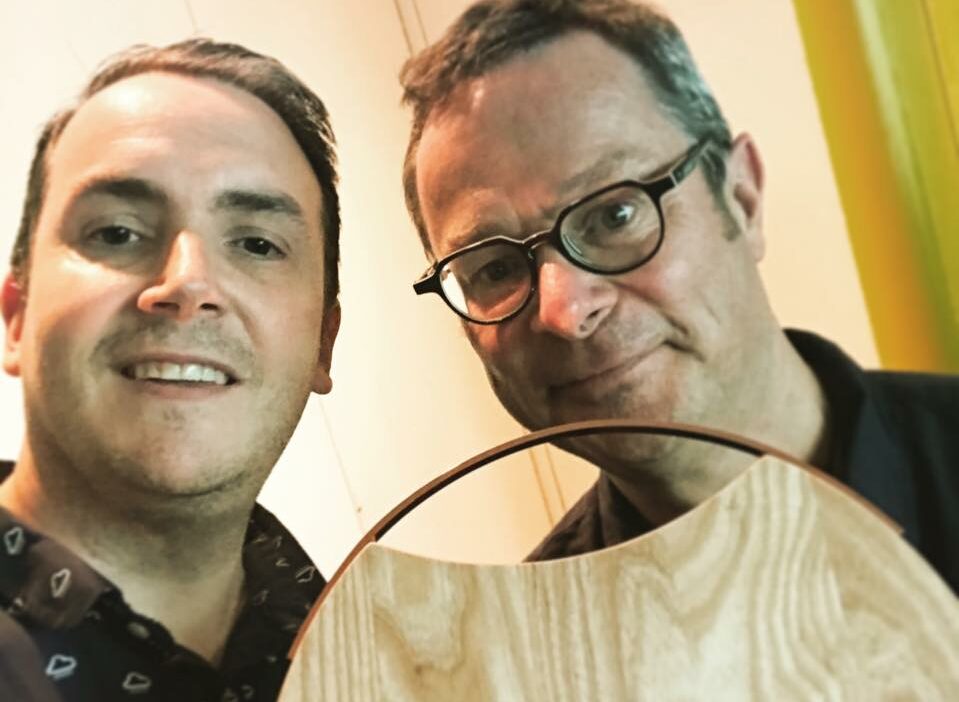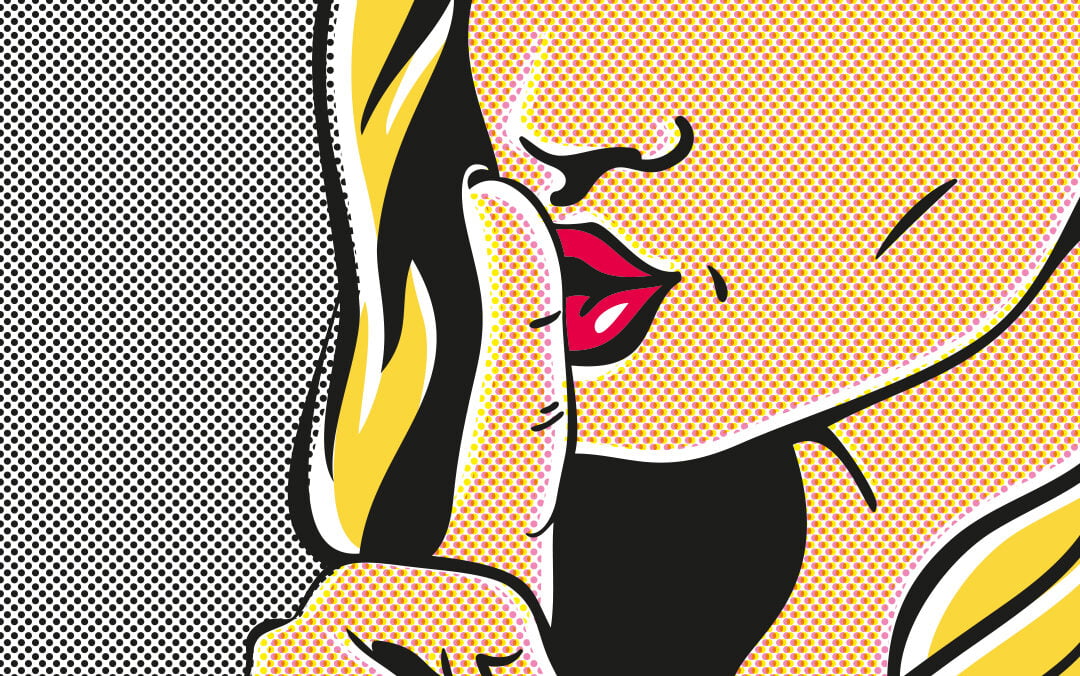Turn up the volume on your brand identity
It’s obvious when you think about it. Your brand speaks to your audience. It occupies ‘mental space’ in the minds of your most loyal consumers. You NEED to know how it sounds to your customers. But you probably won’t find this in your brand guidelines. This is more than just thinking about your tone of voice. And it’s never been so important to nail down your brand’s sound as it is right now. Curious? Read on to find out why your brand needs to urgently plug-in your sound identity.

So what on earth IS audio branding?
Acoustic branding, sonic branding, sound identity, audio branding. It’s called lots of different things, but just as you probably have a set of guidelines outlining what you look like, audio branding is all about how you sound. It goes deeper than tone of voice or a communications style guide. A brand’s sonic identity can be musical, like an audio tag, an audio mnemonic, a jingle or theme tune or can be how your brand sounds in so far as the accents and language used, as well as tone of voice. It can also cover any sonic elements such as notification tones in an app, the styles of backing tracks used in presentations or videos right through to what music you have in the reception or the lift of your head office. Basically, if you can hear it, it’s part of your sound identity because it’s part of your customer’s experience of your brand.
Audio experiences not just jingles
Jingles work because they are catchy and, whilst not as popular as they once were, their death is somewhat exaggerated. Britons apparently spend 58 minutes a week with an advertising jingle stuck in their heads according to research.
Can you read ‘Ho ho ho, Green Giant’ without hearing the audio mnemonic jingle in your head? Or think about ads for Go Compare, McDonalds or even the old Shake’n’Vac? With a good jingle, the consumer will often be able to recall it (even if they don’t want to) 48 hours after hearing the ad. If you’re a B2B brand, this is still relevant, if not even more so. Take a moment to think about who makes the decision about whether to use you or a competitor? Individuals, who, when it comes down to it, make their choices using the same personal biases, likes and dislikes as we all do buying something for ourselves, family or friends.
So your jingle is lodged in the mind of the listener. Great, one up for brand-awareness. But what if it’s an annoying earworm, playing on loop beyond the listener’s control? Will it help or hinder your brand? If it helps brand recognition, there’s no such thing as bad publicity. Just like ‘Gio Compario’ from Go Compare adverts, engaging with audience reactions (even negative ones) can heighten engagement with your brand and guide your strategy. Having as much control over all your touch points by considering them in the user journey is the best way to influence how your brand is viewed.
What does audio actually do though?
Acoustic brand assets tap into the evocative nature of sound, chiming with the listener on a deeper level and offering instant recognition without visuals. You may not be able to recall what you had for breakfast yesterday, but remembering the theme tune (and ALL the words) of an obscure cartoon you loved as a kid 10, 20 or 30 years ago? No problem! Or maybe there’s a particular song that, whenever you hear it, transports you straight back to a certain time in your life. That is the power of sound, argument enough in our opinion that it should be considered for your brand. But, if you need more convincing, the Harvard Business Review found using sound can help listeners draw distinctions between products and services as it improves recall, can build brand trust and bolster customer preference.
Why does it matter now?
Whether it’s Alexa, Google, Siri or Cortana, there will come a point where voice search stands alone, away from the visual screen. At that point, will our virtual assistants run through the top ten results? The top three? Or maybe just the top one? Will we have time in our busy lives to listen to the options or will the ease and convenience of being given just a few choices overtake our curiosity to see what else might be available? Whether it’s being optimised for voice search or being audibly memorable, brands need to start their audio journey now to build a cohesive, integrated strategy.
Whilst no one can guarantee the future of voice search, right now, this seems like a logical possibility and many agree. Before long, no matter how large or small the company, everyone will want their brand to be the first from our virtual assistants’ mouths. Don’t believe us? Digital audio was considered by 73% of marketers in 2018 as an effective way to reach and target consumers. According to DAX, 86% of advertising agencies and 66% of brand advertisers said that they now regard digital audio as a key part of their integrated media strategies. Competition will hot up.
With the rise of voice search, smart speakers, in-car connectivity, music streaming platforms and podcasts, digital audio advertising’s value proposition is becoming clearer and more appealing. But with traditional audio streams, there has always been a difficulty in tracking and attribution. At the moment, even with digital channels, that issue has not totally gone away. Solutions do exist and more will no doubt follow. So despite being harder to track, audio should be viewed as a key component in your marketing arsenal, magnifying engagement as part of cross-channel, multifaceted campaigns. The ROI question does not diminish digital audio’s potential as a powerful advertising medium, so while acoustic branding is often ignored, the clock is ticking and it won’t be long before every brand needs to be ready to hit play.
Whether you are ready to add audio, overhaul your corporate identity or build your brand from the name up, ifour can help make sure your branding, strategy and messaging hit the high notes. Call 01892 541111 or pop over an email to us at hello@ifour.co.uk. We’d love to help.


